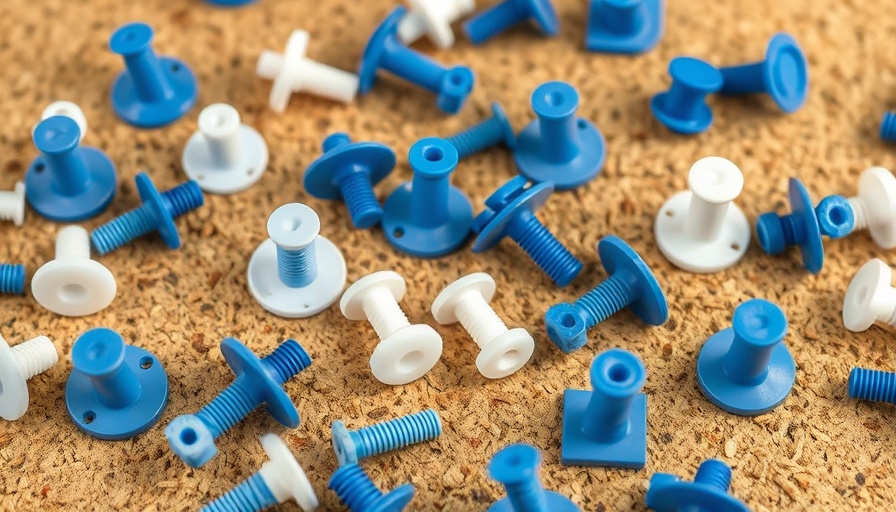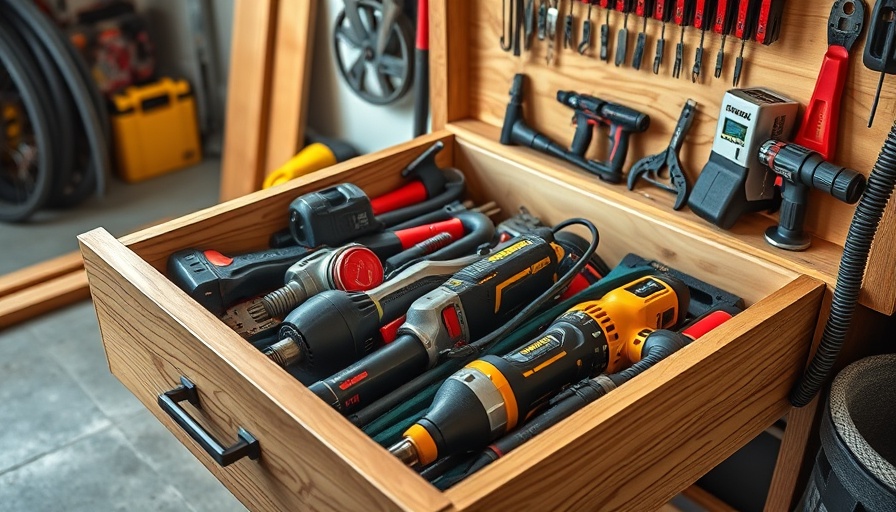
Understanding Drywall Anchors: The Basics You Need to Know
When it comes to interior improvements—whether hanging artwork, shelves, or mounting TVs—choosing the right drywall anchor is paramount, especially when direct access to wooden studs isn't an option. Not all drywall anchors are created equal; they differ significantly in weight capacity, ease of use, and application suitability. In this guide, we'll break down the major types of drywall anchors, providing you with the knowledge necessary to select the safest and most robust option for your next home project.
Plastic Expansion Anchors: The Lightweight Champion
Plastic expansion anchors possess a cylindrical shape with fluted ends, available in various sizes and capable of holding weights from 5 to 25 pounds in 1/2-inch drywall. When these anchors are inserted into pre-drilled holes, they expand upon screw insertion, creating a friction fit within the drywall. As affordable and lightweight options, they excel in non-structural, light-duty applications.
However, these anchors do have limitations. Their holding power is relatively weak compared to other types, and they risk cracking if over-tightened. Thus, they are best utilized for items that don’t bear much weight, like lightweight picture frames or decorative wall hangings.
Molly Bolts: Versatile and Strong
Molly bolts offer a step up in terms of holding power and versatility. These anchors comprise a plastic or metal sleeve with strategic cutouts that allow for expansion when tightly fastened. Designed for medium-duty hanging projects, they can support weights between 25 to 50 pounds in 1/2-inch drywall.
Once inserted into a pre-drilled hole and tightened, the sleeve expands and folds against the wall for a secure grip. One of the best features of molly bolts is their ability to be unscrewed and reinserted without losing the anchor inside the wall—a convenience that can prove vital when adjusting decor. However, proper installation is key; positioning too close to a stud or pipe could prevent the anchor from fully expanding, limiting its effectiveness.
Threaded Drywall Anchors: The Easy Installer
If you’re looking for a hassle-free installation, threaded drywall anchors might just be your answer. These anchors are specifically designed to be screws that tap directly into the drywall without requiring pre-drilled holes. They come in both plastic and metal options, with weight capacities ranging from 25 to 75 pounds.
Their unique, oversized screw design enables easy installation: just push the anchor into the drywall and twist with a screwdriver. Once flush, a separate screw can be inserted for added security. Although these anchors offer strong support, it’s crucial to follow weight guidelines closely to prevent damage to the wall. Notably, the self-tapping design allows for quick and efficient installations, making them a favorite among DIY enthusiasts.
Assessing Your Project Needs
Choosing the right drywall anchor goes beyond understanding their individual capabilities. It’s crucial to assess the requirements of your specific project. Begin by weighing the item you wish to hang; it’s advisable to select an anchor that can hold at least 25 to 50 percent more than your item's weight. For instance, if a mirror weighs 10 pounds, you should utilize an anchor rated for a minimum of 12 to 15 pounds.
Furthermore, consider factors like the wall's thickness and whether the anchor needs to support dynamic weight (items that may sway or pull on the wall). By making an informed decision, you can prevent damage to your walls and ensure the safety of your household.
Risks of Using the Wrong Anchors
Using the incorrect drywall anchor can lead to disastrous consequences, including wall damage or injury. An undersized anchor could fail, resulting in an object crashing to the ground, potentially injuring anyone nearby or damaging property. To avoid such risks, always consult strength guidelines before proceeding with your project.
Another critical aspect is the condition of your drywall. Older walls or those with previous anchor holes may not provide adequate support for heavier items. In these cases, it can be beneficial to use additional reinforcements or opt for professional advice.
Conclusion: Make Your Choice Wisely
Choosing the right drywall anchor is not just about aesthetics or convenience—it's about ensuring safety and durability in your home improvement projects. By understanding the types available and assessing your specific needs, you are better equipped to make informed decisions that will stand the test of time.
We encourage you to take these insights into account the next time you're faced with hanging a picture, installing shelves, or mounting heavier items like TVs. Making the right choice from the start can save you time, effort, and potential hazards down the line. Ready to start your next home project with confidence? Dive into our range of home improvement guides for more tips and best practices!
 Add Row
Add Row  Add
Add 






Write A Comment